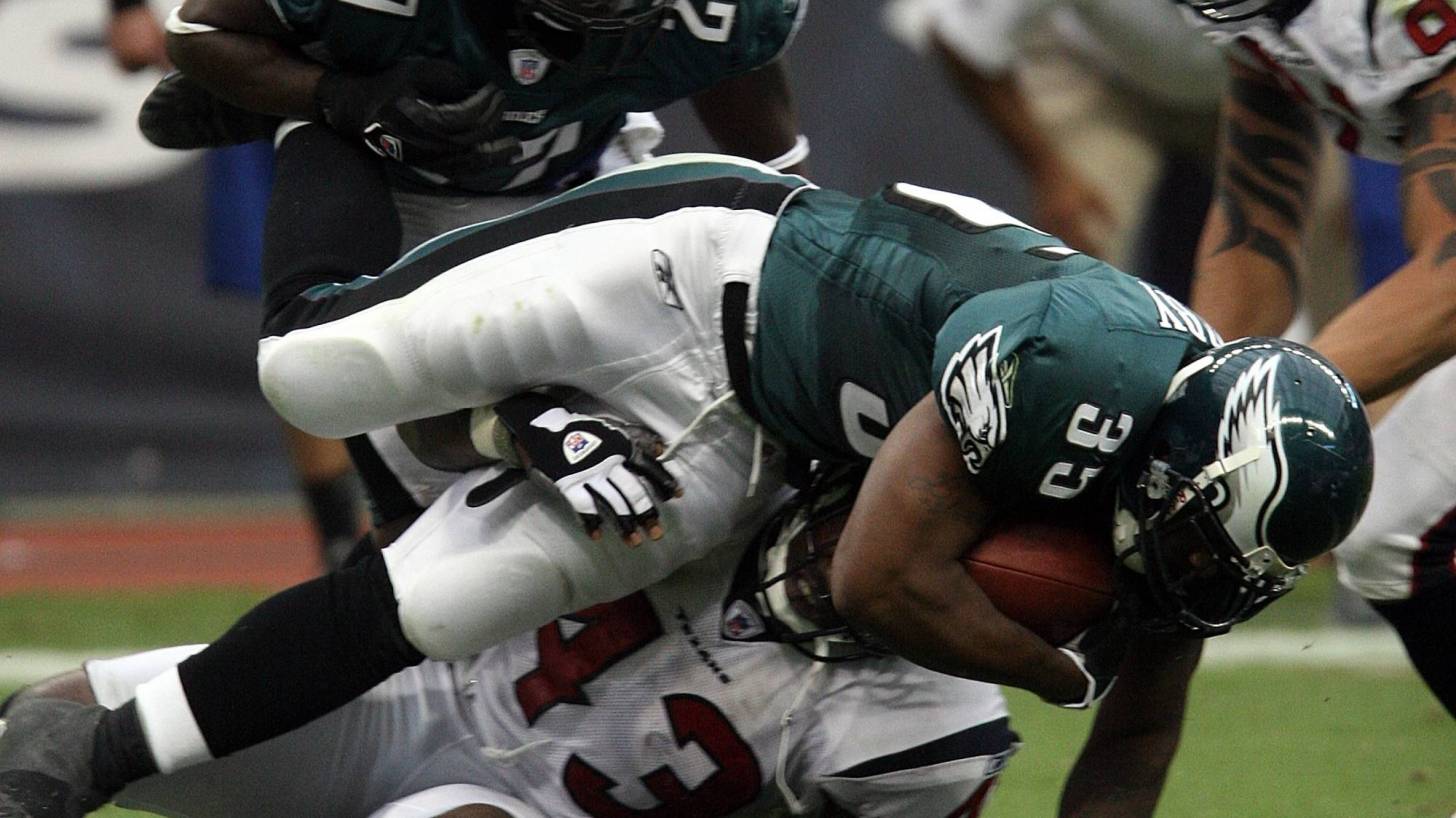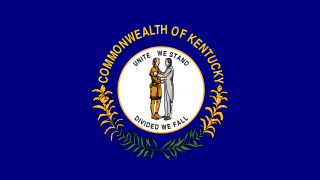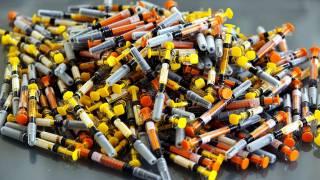Are NFL Teams Protected From Mumps?

Most NFL team doctors are focused on preventing and treating concussion-related injuries.
But, among NFL team doctors, there exists uncertainty about the most appropriate vaccination regimen for their players.
Moreover, multiple teams could be impacted by just one infected player.
The NFL previously said, "We don't have any cases of mumps. We routinely issue newsletters on infectious diseases and the importance of immunizations."
"When one thinks of sports-related injuries, infectious diseases don’t come to mind. But, the truth is the sporting world is a breeding ground for vaccine-preventable illness," said Lauren A. Ragan, PharmD, Brookshires Grocery Company.
"With the high rate of travel and infectious breeding areas NFL players are subject to, it’s important to consider an approved vaccine regimen to prevent the possible collapse of an entire team from easily communicable illnesses like mumps and whooping cough. These teams have access to top healthcare professionals making implementation of a vaccine protocol a realistic solution to this potentially grave problem," said Lauren A. Ragan.
Mumps is a respiratory disease spread person-to-person and generally from close, prolonged contact.
Given the close-knit environment of a locker room, it's not surprising to see mumps spread from teammate to teammate.
As an example, in 2014, the NHL experienced a serious mumps outbreak. ESPN news reported that 13 NHL hockey players, on various teams, and 2 referees contracted mumps.
Additionally, spokespeople for the NFL, MLB, and NBA each told ESPN via email that their respective leagues had not received any reports of mumps cases.
Even college football teams have mumps outbreaks.
The University of Texas Longhorn football team was not immune to the mumps disease in July 2017. Coach Tom Herman told reporters that five different Longhorn players were affected.
Recent research found that public health vaccination guidelines cannot be easily transferred to elite athletes.
The most common risk factors for sports-related infections involve skin-to-skin contact with athletes, such as NFL players.
In its clinical report, the American Academy of Pediatrics (AAP) details the risk factors of infection, which are especially prevalent in close contact sports, such as football.
"Besides showering and washing hands, athletes should be discouraged from sharing their water bottles, towels, mouth guards and other personal items," said H. Dele Davis, MD, lead author of the report and member of the AAP Committee on Infectious Diseases.
"Some of these germs can be picked up in weight rooms, on mats, and in locker rooms," said Mary Anne Jackson, MD, a co-author of the report and member of the AAP Committee on Infectious Diseases.
This clinical report summarizes return-to-practice and competition guidelines from three major governing bodies — the National Collegiate Athletic Association, National Federation of State High School Associations and the National Athletic Trainers Association.
To minimize risks, the AAP recommends:
- Teach athletes proper personal hygiene, including proper laundering of uniforms and avoiding sharing of drinks or personal products, such as razors.
- Develop a plan for cleaning and maintenance of sporting environment using guidelines such as those published by the American College of Sports Medicine.
- Pay special attention to the proper management of blood and other bodily fluids, just as hospitals have concentrated on preventing hospital-associated infections.
- Routinely screen athletes during practices and before and after competitions.
In most pro athletes, protection should be against tetanus, diphtheria, pertussis, influenza, hepatitis A, hepatitis B, measles, mumps, and varicella.
These diseases are easily prevented with vaccines, says the Centers for Disease Control and Prevention (CDC).
The timing of vaccinations should be chosen for the purpose of minimizing interference with training and competition, say these researchers.
To prevent spreading mumps, there are two vaccines approved in the USA, MMR-II and ProQuad.
The CDC Vaccine Price List provides the private sector MMR vaccine prices for general information.
Most pediatricians and pharmacies offer the MMR vaccine, and vaccine discounts can be found here.
Vaccines, like any medicine, can have side effects, says the CDC. You are encouraged to report negative side effects of vaccines to the FDA or CDC.
The benefits of vaccination and the risk from side effects have to be thoroughly balanced for each athlete, says the AAP.
As well as the risk for the entire team.
Our Trust Standards: Medical Advisory Committee
- Vaccination in Elite Athletes
- Infectious Diseases Associated With Organized Sports and Outbreak Control
- A recent mumps outbreak on UT's campus blitzed some key Longhorns
- AAP Offers New Guidance on Preventing Spread of Infectious Diseases Associated with Organized Sports
- Public health recommendations for athletes attending sporting events.

























